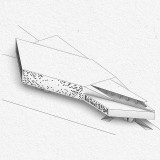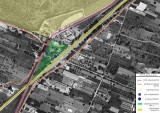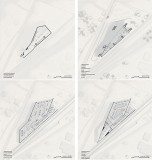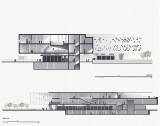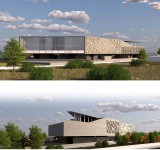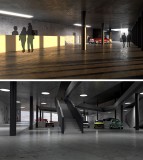In the late 20th century, a transformative trend emerged in the automobile industry, redefining car distribution centers into inviting public spaces. Norman Foster's pioneering design of the Renault Distribution Centre in Swindon epitomized this shift, combining technological excellence with visitor-friendly amenities. The 21st century witnessed the expansion of automotive architecture, encompassing motorways, museums, and more. Automotive museums, in particular, evolved to engage with communities, tourism, education, and culture, organizing festivals and events.
Based on this information the subject of the thesis is to design a 21st century museum. The concept is underpinned by a comprehensive set of aims. These encompass preserving automotive heritage, promoting versatility, asserting dominance in the environment, ensuring accessibility via public transportation, catalyzing economic growth, and fostering community identity. The design aims to rejuvenate the site into a vibrant cultural and economic nucleus, challenging the surroundings and positively impacting the local community and broader regional development.
